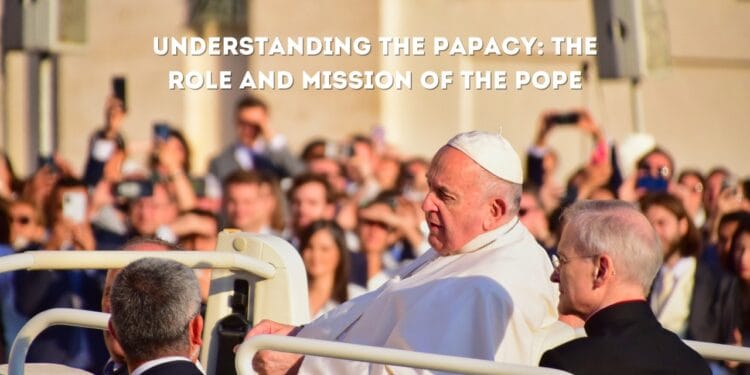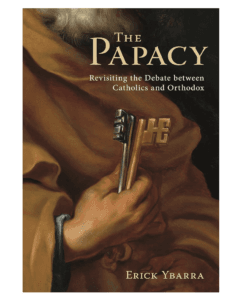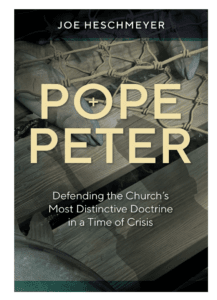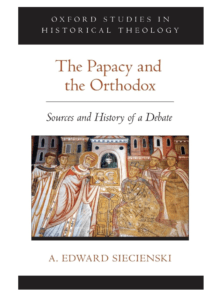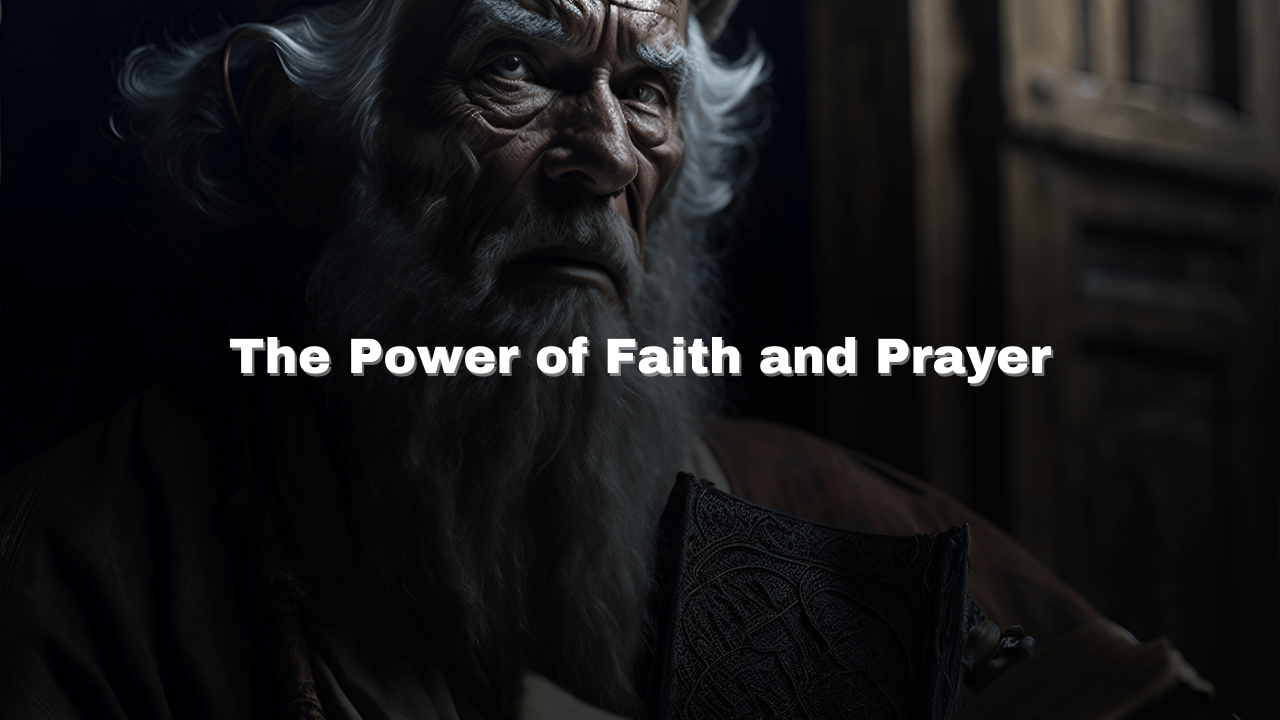No products in the cart.
Understanding the Papacy: The Role and Mission of the Pope
This post contains paid and/or affiliate links. I make a small commission at no extra cost to you. Please see our Privacy Policy.
The Papacy has a rich history that has greatly influenced Christianity and the world. This history shows how the Pope’s role has evolved over time. It has shaped beliefs and impacted cultures for centuries.
Early church leadership started with the apostles, with Saint Peter being the first Pope. His leadership laid the groundwork for a structured church hierarchy.
As Christianity spread, a unified leadership became necessary.
The Edict of Milan in 313 AD was a turning point. It made Christianity legal in the Roman Empire. This led to the Papacy gaining more influence among other religious leaders.
As the church grew, so did the Papacy’s influence. By the fourth century, Popes had more authority over doctrine and practices. They organized councils, like the Council of Nicea in 325 AD, to define beliefs and fight heresies.
The Middle Ages saw the Papacy at its peak. The Papal States became a powerful entity in Italy. The Pope became a spiritual and political leader, causing conflicts with secular rulers.
In the 11th century, Pope Gregory VII’s reforms showed the Papacy’s ongoing evolution. He fought for church supremacy over secular power, leading to the Investiture Controversy.

This highlighted the Pope’s role in balancing religious and political authority.
The Renaissance brought challenges and opportunities for the Papacy. The humanist movement called for church reform. The Protestant Reformation in the 16th century led to a split in Christianity.
The Papacy responded with the Counter-Reformation to address abuses and reaffirm Catholic doctrine.
The modern era saw changes in the Papacy’s global role. The Vatican Council I in the 19th century declared Papal infallibility.
This decree strengthened the Pope’s spiritual authority but raised questions about its extent.
In the 20th century, the Papacy adapted to a changing world. Popes like John XXIII initiated the Second Vatican Council to modernize the Church.
The Vatican aimed to reach out to other Christian denominations and religions, promoting peace and understanding.
Today, the Papacy continues to influence global Christianity. Popes address issues like social justice, poverty, climate change, and interfaith dialogue.
Their mission is to foster a compassionate and inclusive Church.
| Key Historical Events | Date | Significance |
|---|---|---|
| Edict of Milan | 313 AD | Legalization of Christianity |
| Council of Nicea | 325 AD | Defined early Christian beliefs |
| Papal States Established | 754 AD | Pope as a political and spiritual leader |
| Protestant Reformation | 16th Century | Fragmentation of Christianity |
| Vatican II | 1962-1965 | Modernization of the Church |
The Papacy’s history shows a mix of leadership, spirituality, and societal change. It has shaped Christianity and influenced global events and cultures. Understanding this history is key to understanding the Papacy’s role today.
The Pope’s Role in Modern Society: Challenges and Responsibilities
The Pope is a key figure in today’s world, leading not just Catholics but millions globally.
His influence goes beyond the Vatican, touching social, political, and humanitarian areas. Understanding his duties today shows how he tackles the world’s complex issues.
One key job of the Pope is to offer spiritual guidance. He helps people find meaning and purpose in a changing world.
He also promotes Christianity’s core values like love, compassion, and justice.
The Pope also works for peace and reconciliation. In a world filled with conflict, he pushes for dialogue and unity. His words encourage understanding and cooperation for global peace.
Currently, the Pope faces many challenges:
- Social Inequality: He fights for justice, urging changes to address poverty and inequality. He calls on governments and organizations to help create fair societies.
- Climate Change: The Pope stresses the need to care for our planet. He urges people to protect the Earth for future generations.
- Migration and Refugees: He advocates for compassion towards migrants and refugees. He fights for their rights and encourages welcoming them.
Connecting with young people is also important for the Pope. He uses social media and video messages to reach them. His messages help them find their place in the world.
The Pope also tackles internal church issues. Scandals have tested the Church’s integrity. He has taken steps towards transparency and accountability, aiming to heal and restore faith.
As a leader, the Pope stands up for the marginalized. He fights for the rights of the poor, sick, and discriminated. His message emphasizes dignity and respect for all.
The Pope’s influence as a global moral compass is significant. He guides on ethical issues like economic policies and healthcare debates. His words challenge leaders and citizens to think about their moral duties.
The Pope’s role is vast and demanding. He is a spiritual leader, advocate for peace, and champion for justice. His efforts inspire hope and action, urging us to build a better world.
Conclusion:Understanding the Papacy: The Role and Mission of the Pope
The Papacy has grown over the centuries, influencing not just Christianity but Western civilization. It has evolved from a spiritual role to a global moral compass. The Pope’s journey reflects faith, power, and adaptation.
Today, the Pope’s role is both challenging and vital. He addresses issues like climate change, human rights, and interfaith dialogues.
With social media, his messages reach millions instantly. He must balance tradition and innovation while leading the Catholic Church.
The mission of the Pope is more than just religious duties. It’s about peace, justice, and compassion in a world filled with division. The Papacy inspires and challenges followers to aim for a better world.
It blends tradition and modernity, guiding Christianity and shining a light in tough times. The Pope urges people to unite for the common good.


